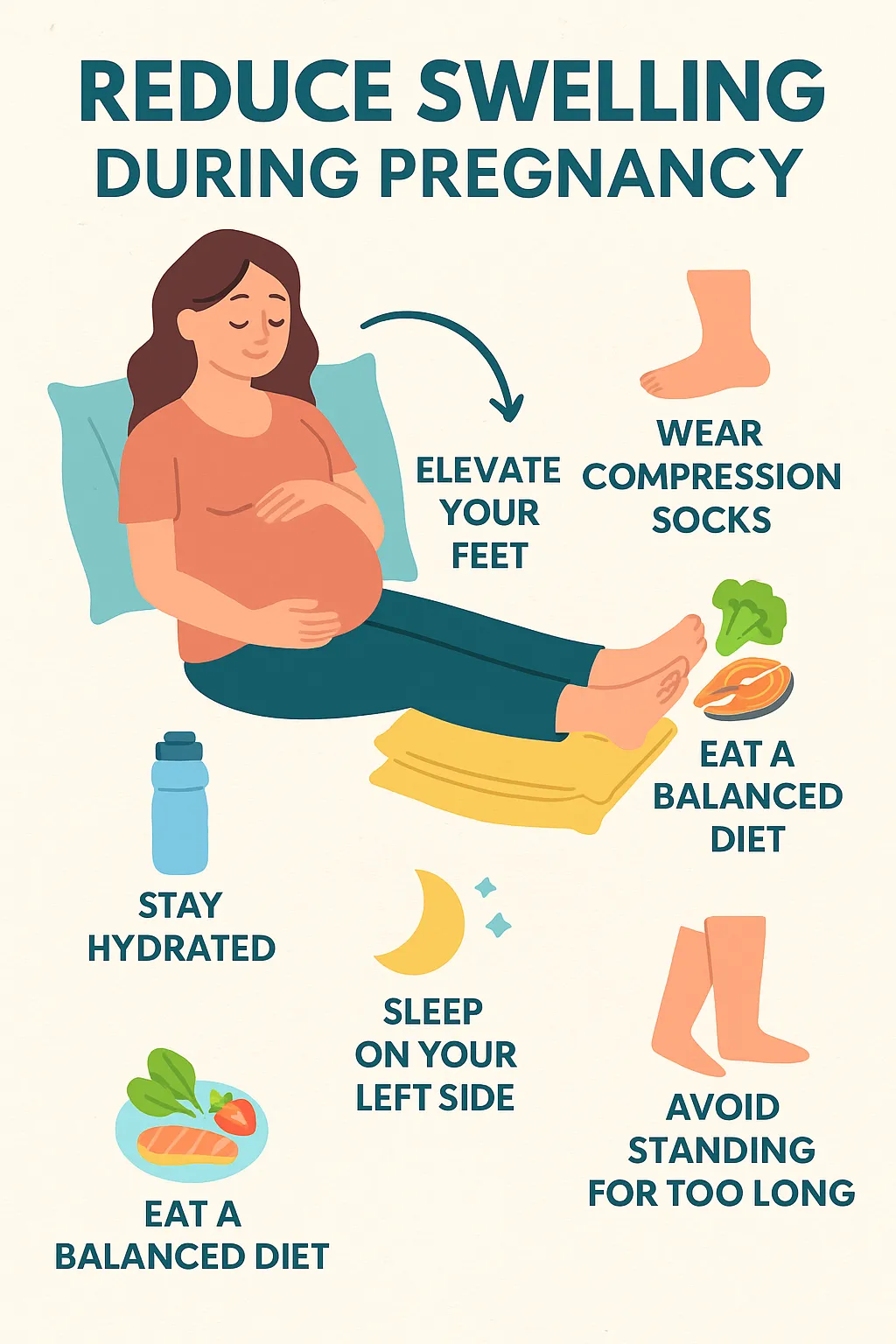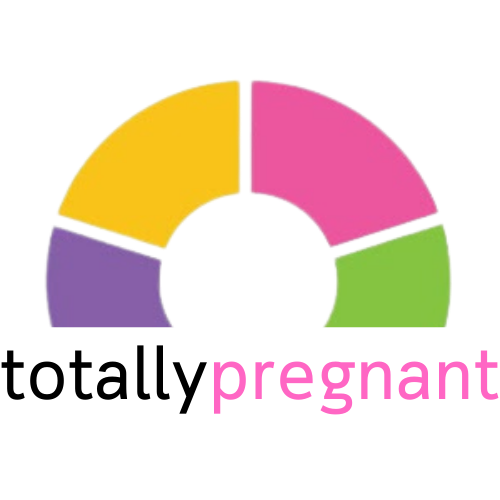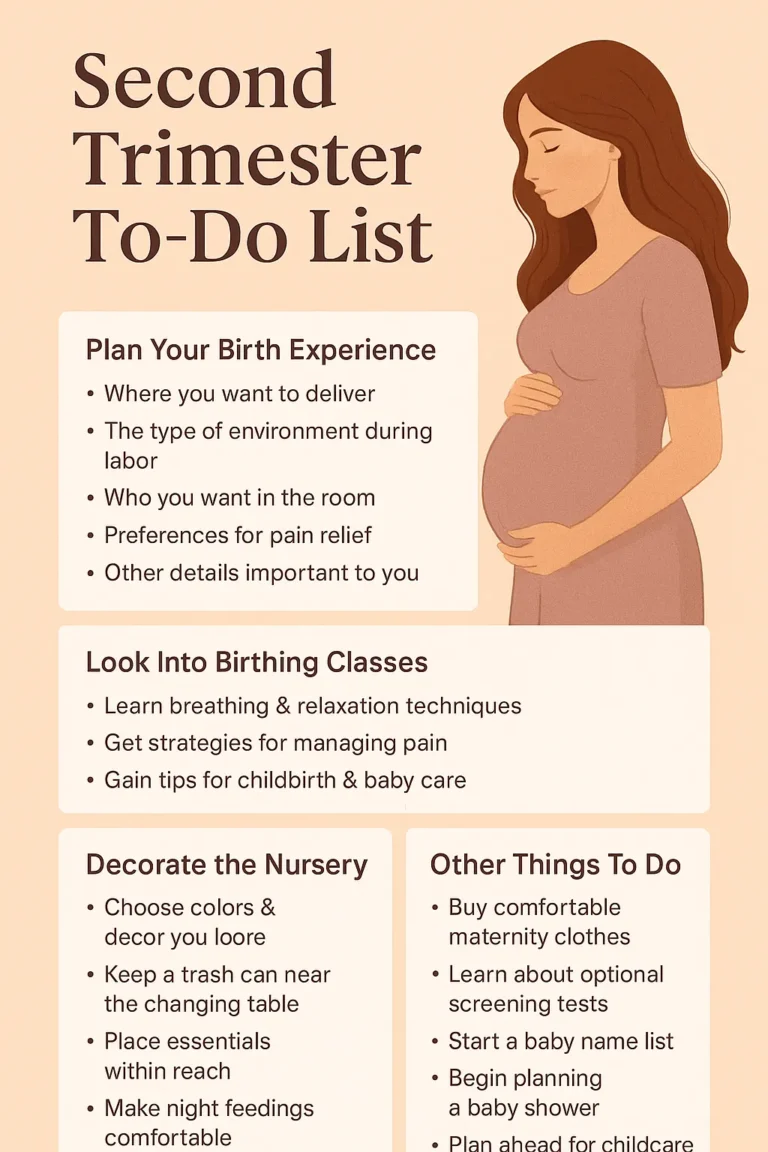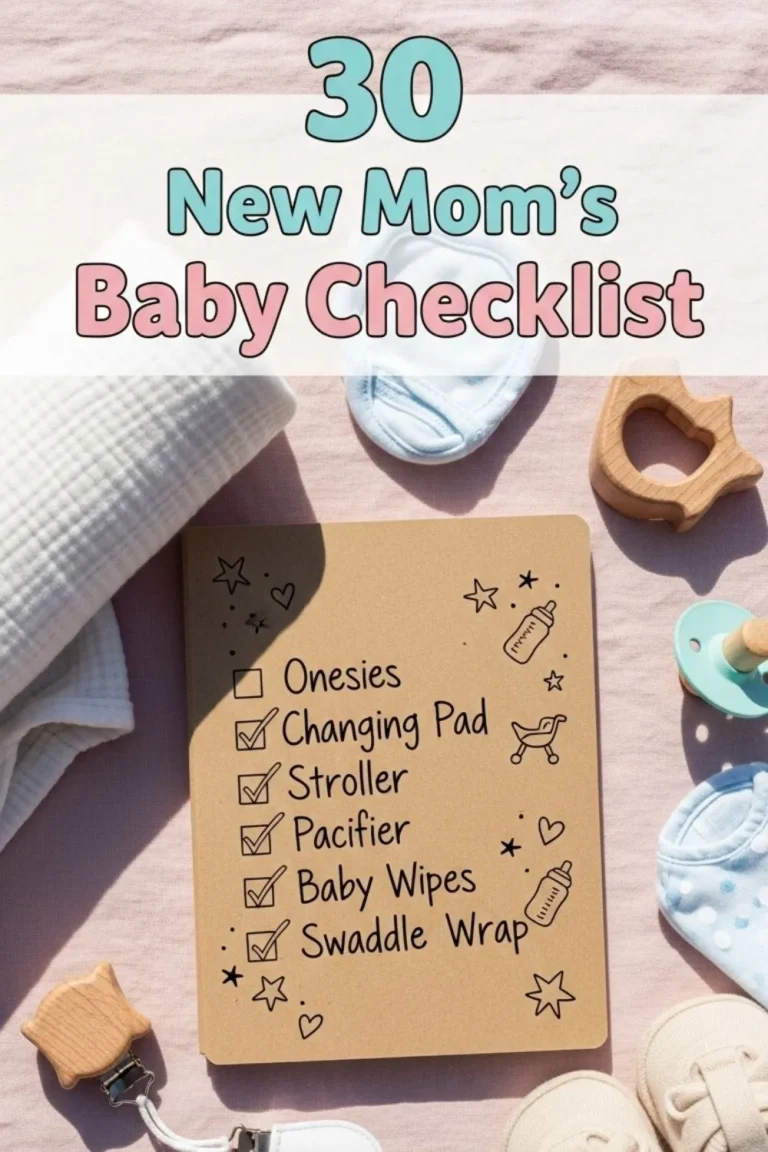How to Reduce Swelling During Pregnancy (Doctor Advised )

Pregnancy can bring joy and excitement, but it also comes with physical changes that aren’t always pleasant.
One of the most common discomforts is swelling, especially in the feet, ankles, and hands. While some swelling is normal due to increased blood volume and fluid, too much can feel heavy and tiring.
When I was helping my sister through her pregnancy, I noticed how swollen her feet would get by the end of the day.
Simple changes in her routine made a big difference, and that’s what I’ll share here. In this guide, you’ll find practical tips to ease swelling safely and naturally, without making things complicated.
Why Swelling Happens During Pregnancy
Mild swelling, also called edema, is very common in pregnancy, especially during the third trimester. It usually shows up in the feet, ankles, and legs, and sometimes in the fingers.
This happens because your body is holding extra fluid to support your baby’s growth.
The adrenal glands release hormones like aldosterone and cortisol, which make your body retain more water.
At the same time, the growing uterus puts pressure on the large veins that return blood from your legs to your heart. This slows circulation, and fluid seeps out into surrounding tissues, causing puffiness.
Most of the time, this swelling is harmless. But in some cases, swelling can signal serious conditions such as preeclampsia, deep vein thrombosis (DVT), or even peripartum cardiomyopathy. That’s why it’s important to understand what’s normal and when swelling becomes a red flag.
Common Causes vs. Serious Causes of Swelling
Common Causes
Most pregnant women experience mild swelling because of normal pregnancy changes. Your body makes more blood and fluids to nourish your baby, which can naturally cause puffiness in the legs and ankles. Hot weather, standing for long hours, or eating too much salty food can also make swelling worse.
Serious Causes
Less often, swelling is linked to health problems that need medical care. These include:
- Preeclampsia – a condition with high blood pressure and protein in urine.
- Deep vein thrombosis (DVT) – blood clots in the deep veins, usually in one leg.
- Peripartum cardiomyopathy – a rare type of heart failure that can appear late in pregnancy or soon after birth.
When Swelling Is a Concern (Warning Signs)
Not all swelling in pregnancy is harmless. Some signs show that your body may be dealing with something more serious than normal fluid buildup.
If your hands look puffy or you can’t remove a ring from your finger, it may signal high blood pressure or preeclampsia. Sudden swelling in your face, around the eyes, or rapid weight gain should never be ignored.
Swelling in only one leg, especially if the area feels warm, red, or painful, can mean a blood clot (deep vein thrombosis). This needs urgent medical attention because clots can travel to the lungs.
Other warning signs include:
- Headaches that don’t go away
- Blurred vision or seeing spots
- Severe pain under the ribs or in the upper belly
- Shortness of breath or chest pain
These are red flags that you should call your doctor or go to the hospital right away.
Practical Tips to Manage Normal Swelling
Most of the time, swelling in the feet and ankles is just your body holding extra fluid. Simple lifestyle changes can make a big difference.
Rest with your legs elevated whenever possible, especially after long periods of standing. Even 15–20 minutes with your feet up can ease the pressure.
Sleeping on your left side also helps. This position takes pressure off the inferior vena cava, the large vein that returns blood from your legs to your heart. With better circulation, fluid buildup in your lower body can lessen.
Wearing comfortable shoes and supportive stockings may also reduce puffiness in your ankles and calves. Avoid tight socks or clothes that cut off circulation. And don’t forget hydration—drinking plenty of water actually helps flush out excess sodium and reduces water retention.
Foods That May Help With Swelling
What you eat can make a big difference in how much swelling you experience during pregnancy. For example, foods rich in potassium like bananas, sweet potatoes, and avocados help balance fluid levels by counteracting the effects of sodium. Potassium supports kidney function, allowing your body to flush out extra fluid more efficiently.
Magnesium-rich foods such as leafy greens, nuts, and whole grains are also important. Magnesium helps relax blood vessels and improves circulation, which reduces the buildup of fluid in your legs and ankles. Some studies even suggest that adequate magnesium lowers the risk of pregnancy-related hypertension, which can worsen swelling.
Meanwhile, limiting processed and salty foods is equally important. Too much sodium causes the body to hold onto water, which adds to puffiness in your feet and hands. Fresh, whole foods not only help with swelling but also supply vitamins and minerals that support your baby’s growth.






